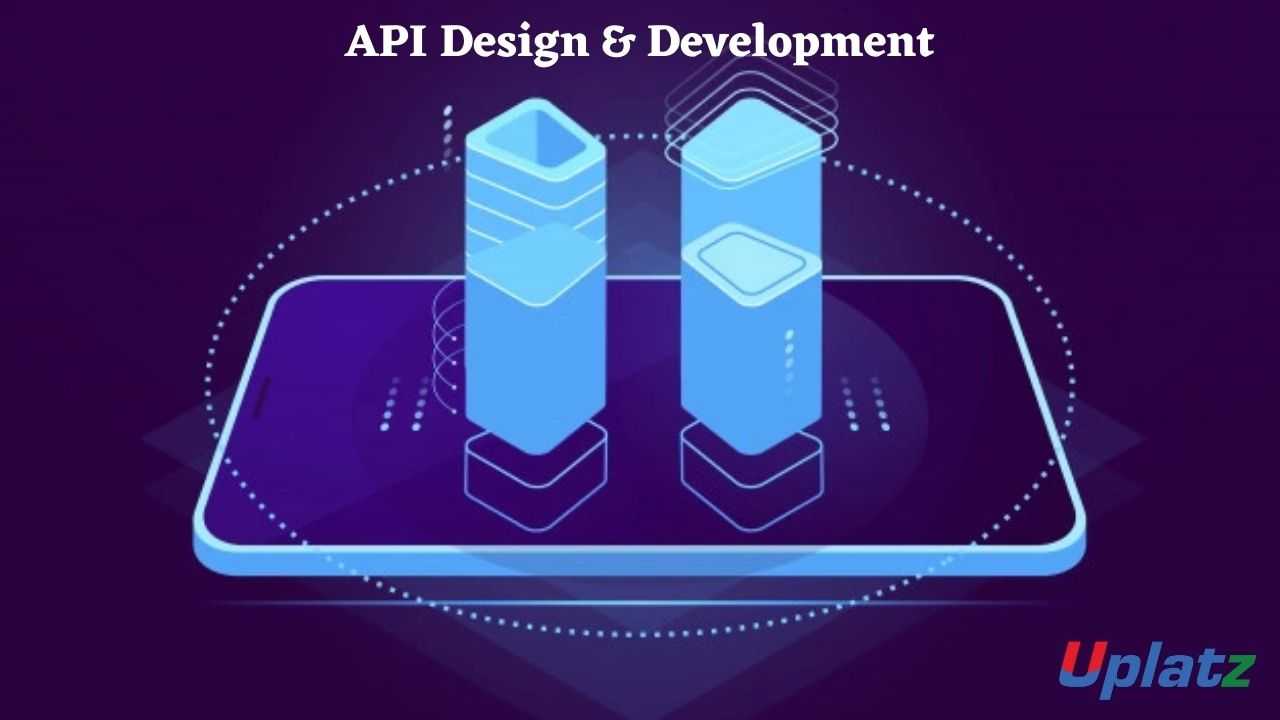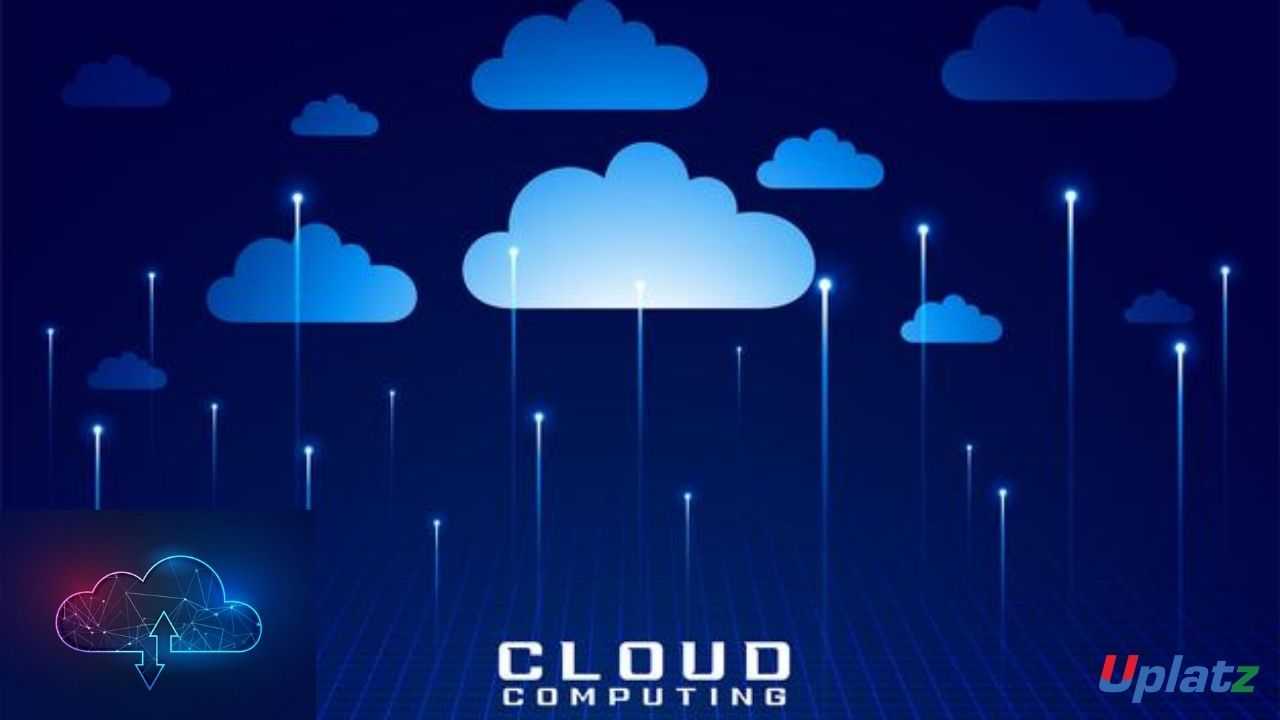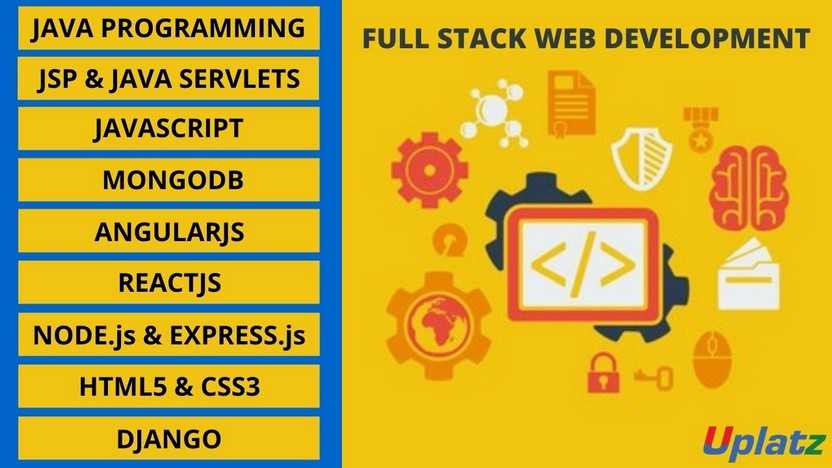SOAP and REST API
Mastering SOAP & REST APIs: A Complete Guide to Building, Integrating, and Optimizing Web Services for Scalable ApplicationsPreview SOAP and REST API course
Price Match Guarantee Full Lifetime Access Access on any Device Technical Support Secure Checkout Course Completion Certificate 77% Started a new career
BUY THIS COURSE (
77% Started a new career
BUY THIS COURSE (GBP 12 GBP 29 )-
 81% Got a pay increase and promotion
81% Got a pay increase and promotion
Students also bought -
-

- API Design & Development with RAML
- 50 Hours
- GBP 12
- 1849 Learners
-

- Cloud Computing Basics
- 15 Hours
- GBP 12
- 89 Learners
-

- Bundle Course - Full Stack Web Development
- 200 Hours
- GBP 22
- 3788 Learners

SOAP (Simple Object Access Protocol) and REST (Representational State Transfer) are two widely used web service protocols for communication between client and server applications over the internet.
SOAP API (Simple Object Access Protocol)
How It Works
a) SOAP is a protocol that follows strict standards for message formatting and transmission.
b) It uses XML (Extensible Markup Language) to structure data and sends messages over transport protocols like HTTP, SMTP, or TCP.
c) SOAP messages consist of an envelope that includes a header and a body, ensuring security and reliability.
Core Features
a) Protocol-Based: SOAP follows a well-defined protocol with strict rules.
b) XML Messaging: Uses XML for structuring request and response messages.
c) WS-Security: Built-in security features for message encryption and authentication.
d) Reliability: Supports ACID (Atomicity, Consistency, Isolation, Durability) transactions.
e) Extensibility: Can handle complex operations using Web Service Description Language (WSDL).
Benefits of Learning SOAP
a) Essential for working with legacy enterprise systems that use SOAP-based web services.
b) SOAP ensures high security, making it useful for financial and healthcare applications.
c) It supports built-in reliability, making it ideal for mission-critical applications.
REST API (Representational State Transfer)
How It Works
a) REST is an architectural style that leverages HTTP methods (GET, POST, PUT, DELETE, PATCH) to perform CRUD (Create, Read, Update, Delete) operations.
b) It uses various data formats like JSON, XML, YAML, and plain text, but JSON is the most popular due to its lightweight nature.
c) RESTful APIs communicate via stateless HTTP requests, meaning each request from a client contains all necessary information.
Core Features
a) Lightweight: Uses simple URL endpoints and JSON for data exchange.
b) Scalability: Supports stateless communication, making it easy to scale.
c) Flexibility: Works with multiple data formats (JSON, XML, etc.).
d) Cacheable: Responses can be cached, reducing server load.
e) Easy Integration: Works well with modern front-end frameworks and microservices.
Benefits of Learning REST API
a) Widely used in modern web and mobile applications.
b) REST APIs are simpler to develop, making them popular for microservices and cloud applications.
c) Understanding REST APIs helps in working with frameworks like React, Vue.js, Angular, and backend technologies like Node.js, Django, and Spring Boot.
Uplatz offers this comprehensive course on SOAP and REST API. You will be awarded a Course Completion Certificate upon completion of the course.
Course/Topic 1 - Course access through Google Drive
-
Google Drive
-
Google Drive
• Learn how to develop, deploy, and monitor SOAP and RESTful web services and web service clients with JAX-WS and JAX-RS.
• Learn how to implement a Service-Oriented Architecture (SOA) using web services.
• Learn how to create and deploy WSDL-first and code-first SOAP web services.
• Learn how to build secure SOAP and REST clients.
• Learn the basics of microservices.
• Learn to establish communication between microservices, enable load balancing.
• Learn how to scale microservices up and down.
• Learn REST API WebService Concepts
• Learn REST API Testing methodology
• Learn Soap UI Tool
• Learn JSON
• Implement API Automation Suite in there project.
• Implement JMeter for API Testing.
• Handling of REST & SOAP API
• JMeter components required like Samplers, Listeners, Controllers etc required for API Testing.
• Understanding how API testing done with JMeter in real projects.
The SOAP and REST API Certification ensures you know planning, production and measurement techniques needed to stand out from the competition.
SOAP is a protocol whereas REST is an architectural pattern. SOAP uses service interfaces to expose its functionality to client applications while REST uses Uniform Service locators to access the components on the hardware device. SOAP needs more bandwidth for its usage whereas REST doesn't need much bandwidth.
SOAP is a standard communication protocol system that permits processes using different operating systems like Linux and Windows to communicate via HTTP and its XML. SOAP based APIs are designed to create, recover, update and delete records like accounts, passwords, leads, and custom objects.
A REST API (also known as RESTful API) is an application programming interface (API or web API) that conforms to the constraints of REST architectural style and allows for interaction with RESTful web services. REST stands for representational state transfer and was created by computer scientist Roy Fielding.
Uplatz online training guarantees the participants to successfully go through the SOAP and REST API Certification provided by Uplatz. Uplatz provides appropriate teaching and expertise training to equip the participants for implementing the learnt concepts in an organization.
Course Completion Certificate will be awarded by Uplatz upon successful completion of the SOAP and REST API online course.
The SOAP and REST API draws an average salary of $130,000 per year depending on their knowledge and hands-on experience.
Because SOAP is a protocol, and REST is an architectural style. A REST API can actually utilize the SOAP protocol, just like it can use HTTP.
REST is generally faster and uses less bandwidth. It's also easier to integrate with existing websites with no need to refactor site infrastructure. This enables developers to work faster rather than spend time rewriting a site from scratch.
Note that salaries are generally higher at large companies rather than small ones. Your salary will also differ based on the market you work in.
Oracle SOA Developer.
R & D Developer.
Software Engineer manager.
Lead Engineer Tester.
1. What do you understand by RESTful Web Services?
RESTful web services are services that follow REST architecture. REST stands for Representational State Transfer and uses HTTP protocol (web protocol) for implementation. These services are lightweight, provide maintainability, scalability, support communication among multiple applications that are developed using different programming languages. They provide means of accessing resources present at server required for the client via the web browser by means of request headers, request body, response body, status codes, etc.
2. What is a REST Resource?
Every content in the REST architecture is considered a resource. The resource is analogous to the object in the object-oriented programming world. They can either be represented as text files, HTML pages, images, or any other dynamic data.
- The REST Server provides access to these resources whereas the REST client consumes (accesses and modifies) these resources. Every resource is identified globally by means of a URI.
3. What is URI?
Uniform Resource Identifier is the full form of URI which is used for identifying each resource of the REST architecture. URI is of the format:
:////
There are 2 types of URI:
- URN: Uniform Resource Name identifies the resource by means of a name that is both unique and persistent.
- URN doesn’t always specify where to locate the resource on the internet. They are used as templates that are used by other parsers to identify the resource.
- These follow the urn scheme and usually prefixed with urn:. Examples include
- urn:isbn:1234567890 is used for identification of book based on the ISBN number in a library application.
- urn:mpeg:mpeg7:schema:2001 is the default namespace rules for metadata of MPEG-7 video.
- Whenever a URN identifies a document, they are easily translated into a URL by using “resolver” after which the document can be downloaded.
- URL: Uniform Resource Locator has the information regarding fetching of a resource from its location.
- Examples include:
- http://abc.com/samplePage.html
- ftp://sampleServer.com/sampleFile.zip
- file:///home/interviewbit/sampleFile.txt
- URLs start with a protocol (like ftp, http etc) and they have the information of the network hostname (sampleServer.com) and the path to the document(/samplePage.html). It can also have query parameters.
4. What are the features of RESTful Web Services?
Every RESTful web service has the following features:
- The service is based on the Client-Server model.
- The service uses HTTP Protocol for fetching data/resources, query execution, or any other functions.
- The medium of communication between the client and server is called “Messaging”.
- Resources are accessible to the service by means of URIs.
- It follows the statelessness concept where the client request and response are not dependent on others and thereby provides total assurance of getting the required data.
- These services also use the concept of caching to minimize the server calls for the same type of repeated requests.
- These services can also use SOAP services as implementation protocol to REST architectural pattern.
5. What is the concept of statelessness in REST?
The REST architecture is designed in such a way that the client state is not maintained on the server. This is known as statelessness. The context is provided by the client to the server using which the server processes the client’s request. The session on the server is identified by the session identifier sent by the client.
6. What do you understand by JAX-RS?
As the name itself stands (JAX-RS= Java API for RESTful Web Services) is a Java-based specification defined by JEE for the implementation of RESTful services. The JAX-RS library makes usage of annotations from Java 5 onwards to simplify the process of web services development. The latest version is 3.0 which was released in June 2020. This specification also provides necessary support to create REST clients.
7. What are HTTP Status codes?
These are the standard codes that refer to the predefined status of the task at the server. Following are the status codes formats available:
- 1xx - represents informational responses
- 2xx - represents successful responses
- 3xx - represents redirects
- 4xx - represents client errors
- 5xx - represents server errors
Most commonly used status codes are:
- 200 - success/OK
- 201 - CREATED - used in POST or PUT methods.
- 304 - NOT MODIFIED - used in conditional GET requests to reduce the bandwidth use of the network. Here, the body of the response sent should be empty.
- 400 - BAD REQUEST - This can be due to validation errors or missing input data.
- 401- UNAUTHORIZED - This is returned when there is no valid authentication credentials sent along with the request.
- 403 - FORBIDDEN - sent when the user does not have access (or is forbidden) to the resource.
- 404 - NOT FOUND - Resource method is not available.
- 500 - INTERNAL SERVER ERROR - server threw some exceptions while running the method.
- 502 - BAD GATEWAY - Server was not able to get the response from another upstream server.
8. What are the HTTP Methods?
HTTP Methods are also known as HTTP Verbs. They form a major portion of uniform interface restriction followed by the REST that specifies what action has to be followed to get the requested resource. Below are some examples of HTTP Methods:
- GET: This is used for fetching details from the server and is basically a read-only operation.
- POST: This method is used for the creation of new resources on the server.
- PUT: This method is used to update the old/existing resource on the server or to replace the resource.
- DELETE: This method is used to delete the resource on the server.
- PATCH: This is used for modifying the resource on the server.
- OPTIONS: This fetches the list of supported options of resources present on the server.
The POST, GET, PUT, DELETE corresponds to the create, read, update, delete operations which are most commonly called CRUD Operations.
GET, HEAD, OPTIONS are safe and idempotent methods whereas PUT and DELETE methods are only idempotent. POST and PATCH methods are neither safe nor idempotent.
9. Can you tell the disadvantages of RESTful web services?
The disadvantages are:
- As the services follow the idea of statelessness, it is not possible to maintain sessions. (Session simulation responsibility lies on the client-side to pass the session id)
- REST does not impose security restrictions inherently. It inherits the security measures of the protocols implementing it. Hence, care must be chosen to implement security measures like integrating SSL/TLS based authentications, etc.
10. Define Messaging in terms of RESTful web services.
The technique of sending a message from the REST client to the REST server in the form of an HTTP request and the server responding back with the response as HTTP Response is called Messaging. The messages contained constitute the data and the metadata about the message.









